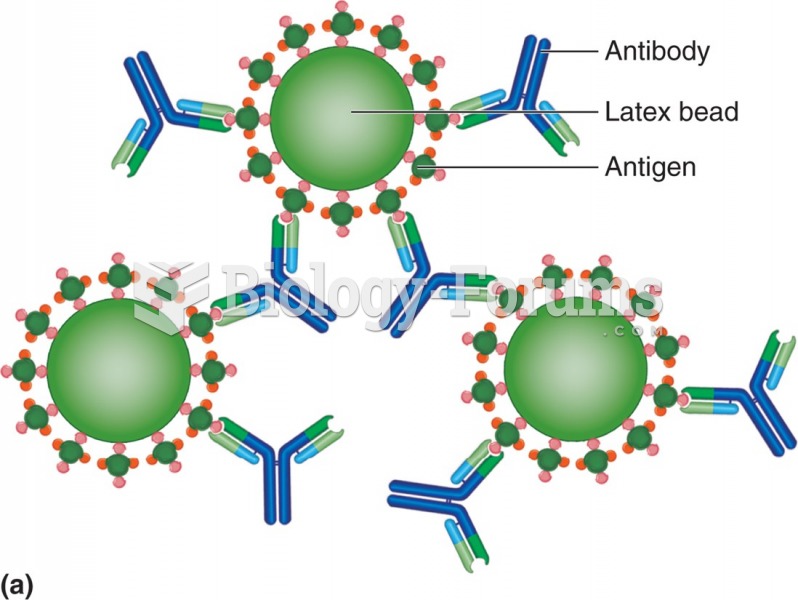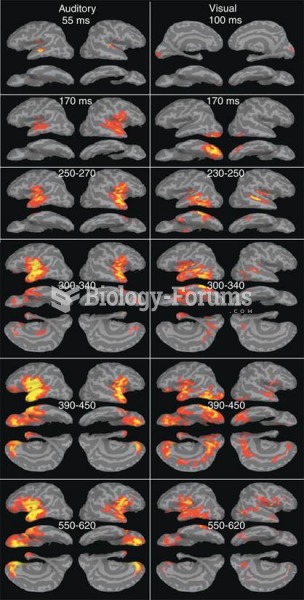|
|
|
Atropine was named after the Greek goddess Atropos, the oldest and ugliest of the three sisters known as the Fates, who controlled the destiny of men.
Since 1988, the CDC has reported a 99% reduction in bacterial meningitis caused by Haemophilus influenzae, due to the introduction of the vaccine against it.
In ancient Rome, many of the richer people in the population had lead-induced gout. The reason for this is unclear. Lead poisoning has also been linked to madness.
IgA antibodies protect body surfaces exposed to outside foreign substances. IgG antibodies are found in all body fluids. IgM antibodies are the first type of antibody made in response to an infection. IgE antibody levels are often high in people with allergies. IgD antibodies are found in tissues lining the abdomen and chest.
For pediatric patients, intravenous fluids are the most commonly cited products involved in medication errors that are reported to the USP.
 Two stubby screwdrivers used to access screws that have limited space above. A straight blade is on ...
Two stubby screwdrivers used to access screws that have limited space above. A straight blade is on ...
 An agglutination reaction. Antigen-coated latex beads are held together by antibody. In a direct ...
An agglutination reaction. Antigen-coated latex beads are held together by antibody. In a direct ...





